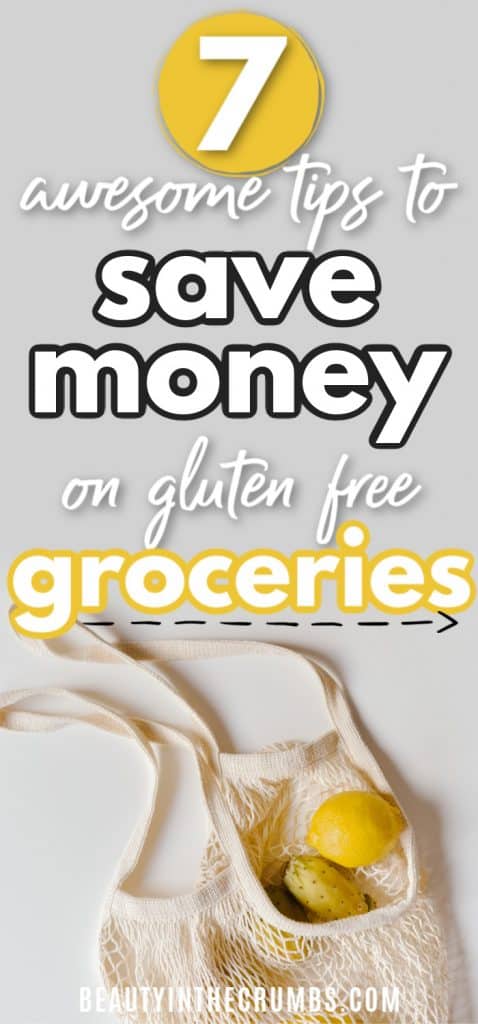Alright, let’s talk about this whole gluten-free bread cost thing. It’s something I’ve been dealing with personally for a while now, and honestly, it can be a bit of a shocker when you first dive in.

I remember when I first had to cut out gluten. Bread was, like, a staple, you know? So, my first mission was finding a decent gluten-free replacement. I went to my usual supermarket, wandered over to the health food or ‘free from’ section, and started looking at the loaves.
Wow. Sticker shock is real.
Seriously, I was used to paying maybe two, three dollars for a standard loaf of regular wheat bread. Sometimes even less if it was on sale. But the gluten-free options? I was seeing prices like six, seven, even eight dollars! And often, the loaves looked smaller, felt denser, or just… different. It felt like a huge jump.
Figuring Out the “Why” (My Take)
I started wondering why it cost so much more. I’m no expert, but here’s what I kind of figured out just from looking around and thinking about it:
- Different Ingredients: Regular bread is mostly wheat flour, yeast, water, salt. Simple. Gluten-free bread needs a mix of weird flours – rice flour, tapioca starch, potato starch, sometimes almond flour, xanthan gum to hold it together… these ingredients just seem more expensive than plain old wheat flour.
- Smaller Batches: Way more people buy regular bread. So, big companies make tons of it, which probably brings the cost down. Gluten-free is still more niche, so they likely make smaller amounts, meaning each loaf costs more to produce.
- Avoiding Cross-Contamination: They gotta be super careful making this stuff so no regular flour gets mixed in. That probably means separate equipment, extra cleaning, testing – all adds to the cost.
Trying to Make it Cheaper: My Baking Adventure
After shelling out seven bucks a loaf a few times, I thought, “Okay, maybe I can bake my own. It’s gotta be cheaper, right?” So, I started looking up recipes and buying the ingredients.

Well, that was an adventure too. First off, buying all those different gluten-free flours and starches wasn’t exactly cheap either, especially when you’re just starting out and need a bit of everything. A bag of almond flour or tapioca starch can cost quite a bit.
Then came the actual baking. It’s different from regular bread. Getting the texture right is tricky. My first few attempts were… let’s just say, edible but not amazing. Some were bricks, some were crumbly messes. It definitely took practice and tweaking recipes.
Did it end up being cheaper? Maybe slightly. When I broke down the cost of the ingredients per loaf, especially if I bought flour in bigger bags, it might have come down to maybe four or five dollars a loaf. But then you have to factor in your time, the effort, the occasional failed loaf you have to toss. So, cheaper? Yes, a bit. Dramatically cheaper? Not always, especially considering the hassle factor.
Finding Affordable Options (The Ongoing Hunt)
Baking wasn’t always practical for me, time-wise. So, I started getting smarter about buying pre-made loaves.
I began really comparing prices between brands and stores. I found that some store brands, like at Aldi or Trader Joe’s sometimes, offered slightly better prices than the big-name gluten-free brands. Still more than regular bread, but better than seven or eight bucks.

I also keep an eye out for sales or clearance items. Sometimes you get lucky. Freezing bread is key here – if I find a good deal, I might buy a couple of loaves and stick one in the freezer.
Honestly, sometimes the cheapest option is just… eating less bread. I started finding other things for breakfast or lunch sometimes, just to avoid the constant cost.
So, What’s the Bottom Line?
Yeah, gluten-free bread just costs more than regular bread. There’s no real way around that fact, it seems. The ingredients are pricier, production is more complex. You can save some money by baking it yourself if you have the time and patience, or by being a savvy shopper hunting for deals and store brands. But mostly, it’s just one of those things you have to budget for if you need to eat gluten-free. It’s an ongoing process of finding what works for your taste buds and your wallet.